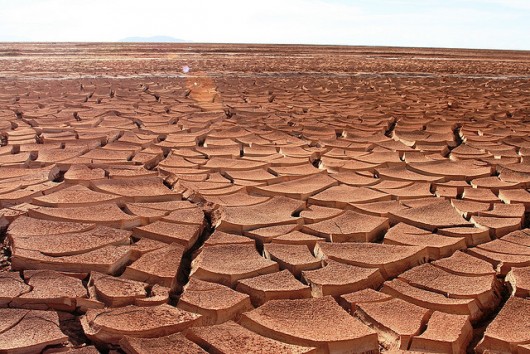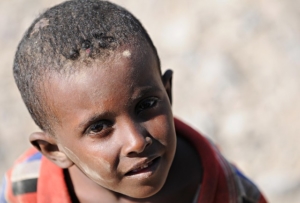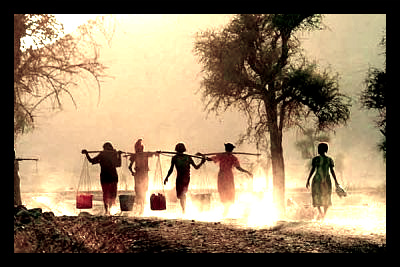
Over the last three years, Guatemala has experienced a drought that has taken a hungry nation and made conditions even more severe.
Before the drought, the nation experienced some of the highest levels of “inequality, poverty, chronic malnutrition and mother-child mortality in the region.” Almost 50 percent of children under the age of five suffer from chronic undernutrition; that is the highest number in their region and fourth highest in the world.
The drought has now taken what little bit of food supply the region can supply on their own and caused the crops to be stunted or not grow. Also, any food reserves have been depleted. Nearly one million hungry people are growing even hungrier with the drought.
The food emergency was an issue last year as well. On August 26, 2014, a state of emergency was declared in Guatemala after a particularly brutal drought was affecting the nation. The state of emergency was issued in 16 of the 22 provinces and at that time was affecting 236,000 families.
Currently, much of the nation’s population is relying on the government and U.N. handouts to feed their families.
Part of the reason that the drought is so devastating is the lack of improvements to the water infrastructure. The inefficiencies in collecting, storing and then irrigating the rainwater that does come expounds the problems that are associated with the drought.
Organizations are working to help those suffering most from the ravaging drought. The World Food Programme has created programs “geared towards reducing food insecurity, improving the nutritional status of mothers and children under 5 and living conditions of vulnerable groups by increasing agricultural productivity and farmer’s marketing practices.”
They cite two main programs they are conducting in Guatemala:
- Country Programme: 45,500 people will be given supplementary food in order to combat the chronic undernutrition, 12,000 subsistence farmers will be assisted and the program will help 3,000 farmers gain access to markets.
- Purchase for Progress: This program is working to link a much broader base of farmers and markets together. Also, guidance on best farming practices will be given to help grain quantity and quality.
While these programs may not directly stop the widespread hunger, it is putting food in the mouths of many who need it and creating an infrastructure to ensure that severe food shortages do not happen in the future.
They are also not the only programs that the World Food Programme is working on in Guatemala. There are long-term plans to help the country through future droughts and streamline food voucher distribution to help those hungry right now.
Guatemala has a long way to go. During this drought, so many people are suffering from worsening hunger. Unfortunately, this is not a new revelation or situation. The first area that has been addressed is the immediate need to feed the hungry.
But long-term action needs to be enacted. Thankfully, the Guatemalan government understands this and the World Food Programme has programs in place. Hopefully, in the future, a drought will not cause such widespread hunger again.
– Megan Ivy
Sources: Guatemala: WFP Country Brief, NBC, Trust, WFP
Photo: Flickr


